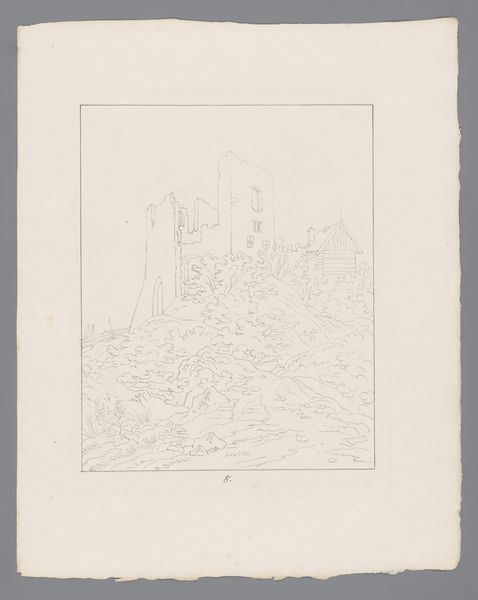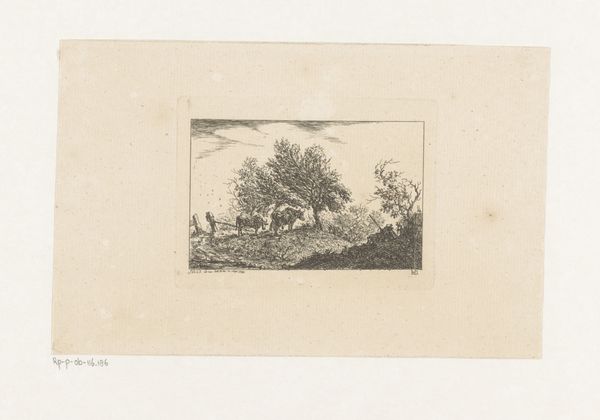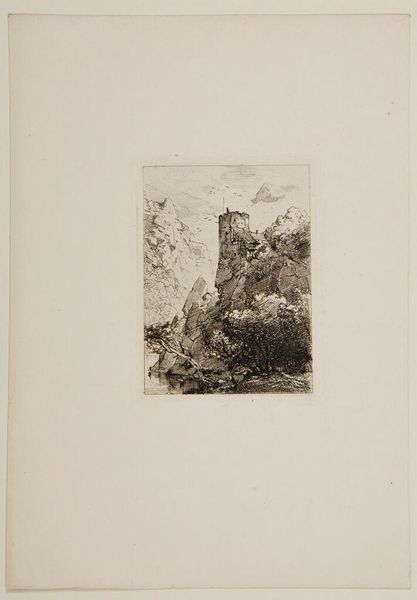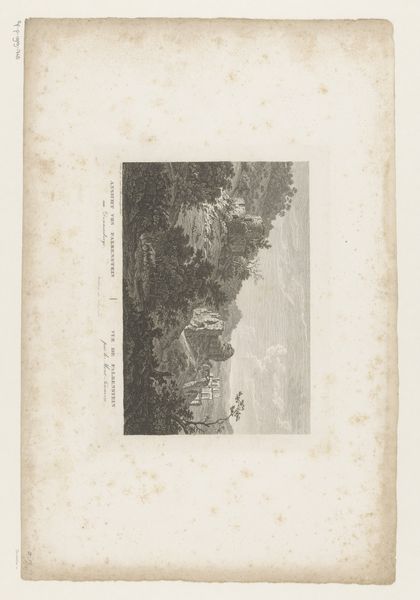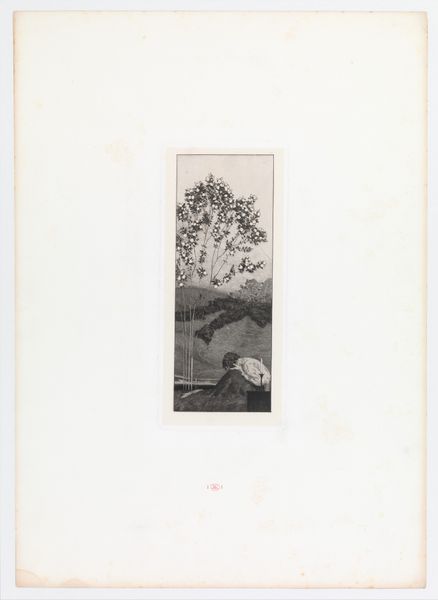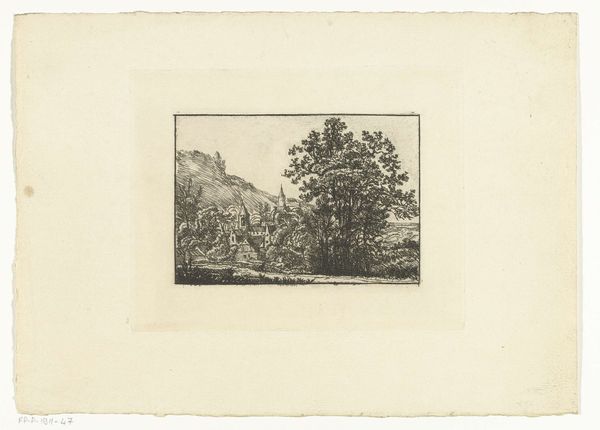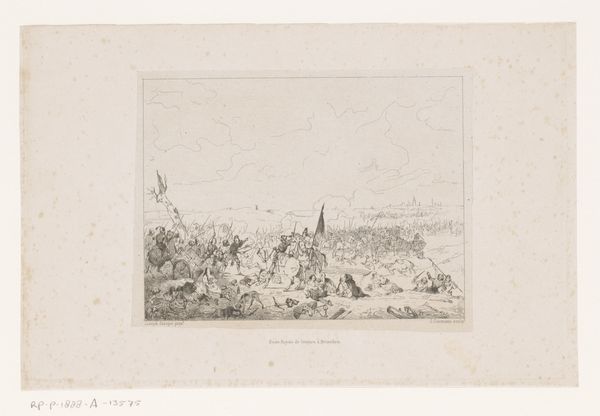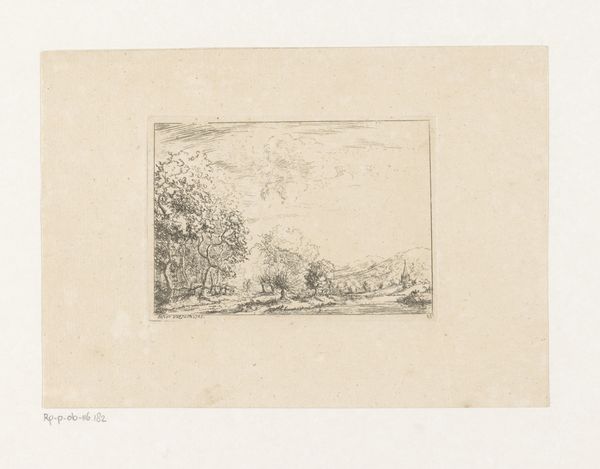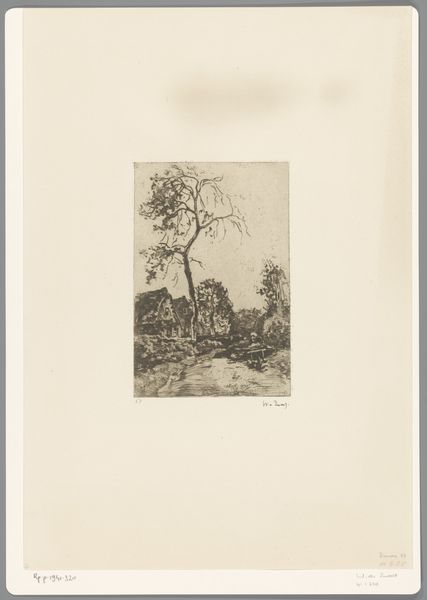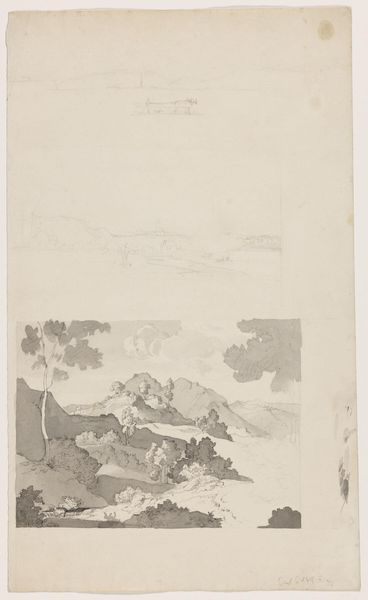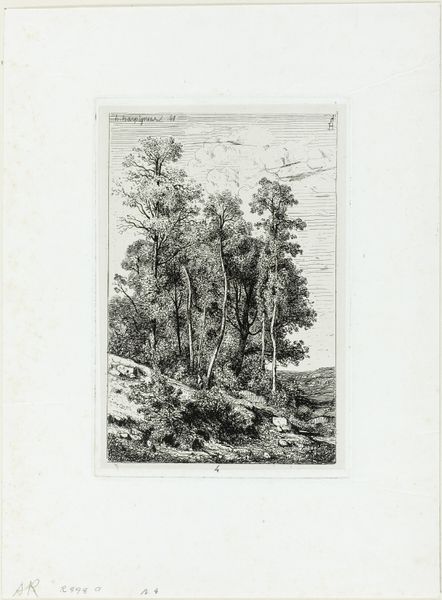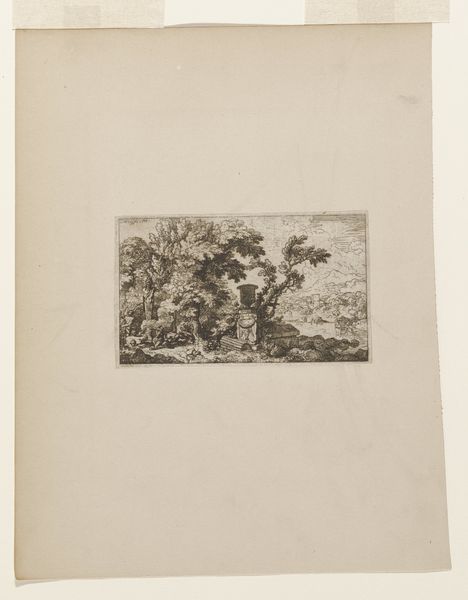
drawing, pencil
#
drawing
#
landscape
#
romanticism
#
pencil
#
cityscape
#
realism
Dimensions: height 378 mm, width 290 mm
Copyright: Rijks Museum: Open Domain
Curator: This is Max Josef Wagenbauer’s "Gezicht op een stad gelegen op een heuvel," a drawing from 1823. Editor: My first impression is quietude. The detail is astonishing for what appears to be a simple pencil drawing, evoking a palpable stillness. Curator: Absolutely, the level of detail draws you in. Wagenbauer’s choice of pencil as his primary medium here speaks volumes about the accessibility of art production in the early 19th century. He’s meticulously rendered the cityscape. Notice how the rooftops, trees, and even the tiny figures become accessible through the labor of the hand. Editor: It reminds me of Romantic landscape painting. How do you interpret the scene within the context of the time, considering urbanization and rural change? The rise of cities often displaced marginalized populations, leading to societal tensions. Does the drawing speak to a yearning for a past, or a statement on land and property ownership? Curator: Interesting, given the emphasis on material existence, it pushes the Romantic ideal into the lived realities. You're suggesting this idealized landscape might inadvertently highlight the material conditions from which such idylls are often extracted. Think about the source of Wagenbauer’s materials, the kind of paper, and the quality of graphite he was using, each tells a little about artistic possibility and the role of economic class during artistic production. Editor: Precisely. We need to question who is allowed to pause and admire the view, and who is simply part of the landscape providing the conditions for viewing. It speaks volumes, not only about the social structure during Wagenbauer’s time, but also about art’s role in documenting and critiquing these socio-political forces. Curator: So, we're both essentially saying this artwork embodies and critiques its time. Its creation through meticulous labor and the accessible medium of pencil places the value back on production. Editor: And it does more. By centering identity, it encourages engagement with both artistic process and the social landscape that influenced the art and the artist.
Comments
No comments
Be the first to comment and join the conversation on the ultimate creative platform.
